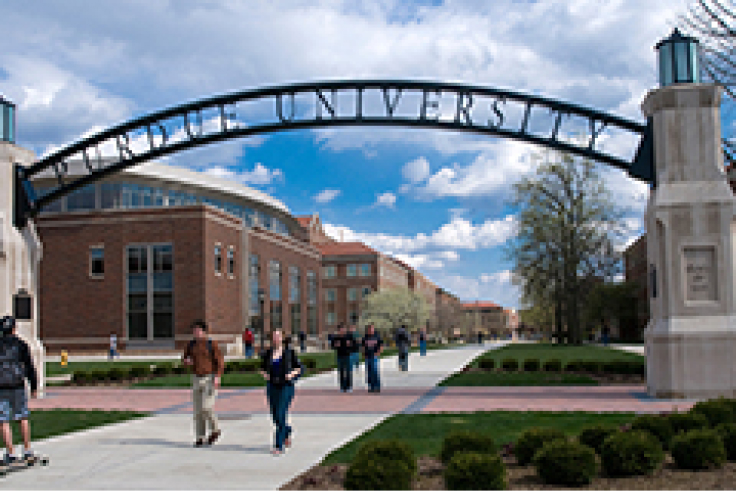{{(header.eyebrow.langSelector.label != '') ? header.eyebrow.langSelector.label : 'Choose Language'}}
{{ popupData.primarybody }}
{{ distyMobilePopUpData.title }}
{{ distyMobilePopUpData.primarybody }}
{{ distyMobilePopUpData.secondarybody }}
No Results Found






